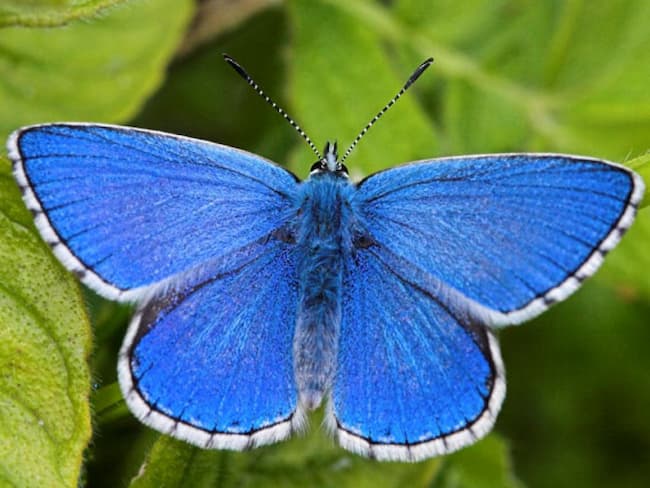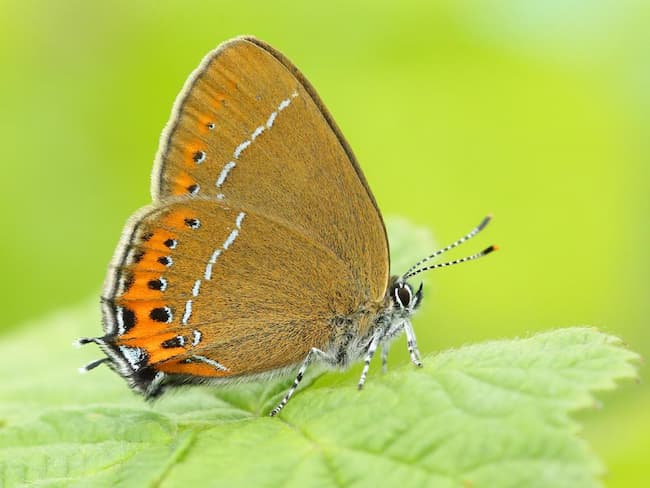Butterflies are among the most captivating creatures in the natural world, and one species that stands out for its elegance and beauty is the Brown Hairstreak (Thecla betulae). In this article, we will delve into the enchanting world of the Brown Hairstreak butterfly, exploring its physical characteristics, life cycle, ecological significance, and ways to support its conservation and population growth in your local area.
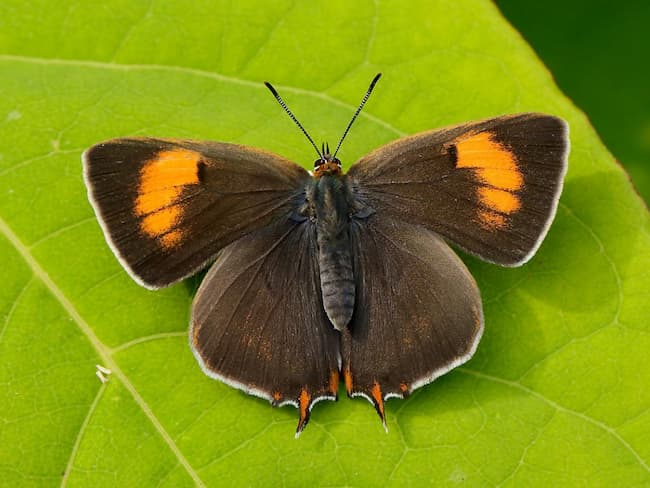
The Fascinating Brown Hairstreak Butterfly
2.1 Physical Characteristics
The Brown Hairstreak butterfly is a small to medium-sized species, with a wingspan ranging from 3.5 to 4.5 centimeters. Its upper wings are dark brown in color, while the underside features a combination of orange and gray with intricate patterns. Males and females can be distinguished by their wing markings, with the males typically displaying a more defined line of orange spots.
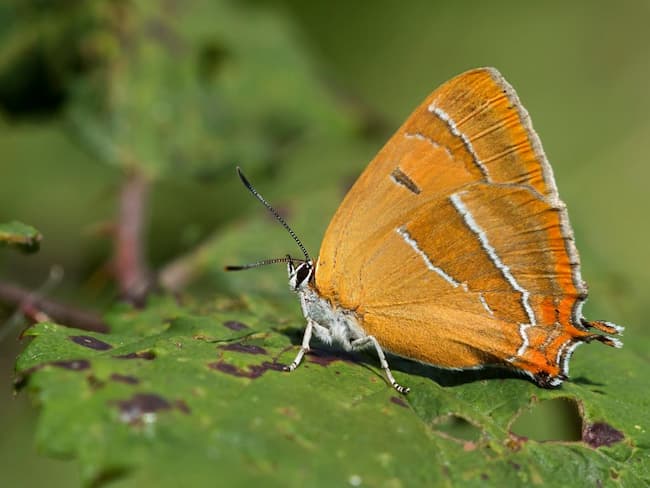
2.2 Habitat and Distribution
The Brown Hairstreak is primarily found in the countryside and open woodlands of Europe, including the United Kingdom. It prefers sunny and sheltered areas with hedgerows, as these provide the necessary habitat for its life cycle.
Life Cycle of the Brown Hairstreak
3.1 Egg Stage
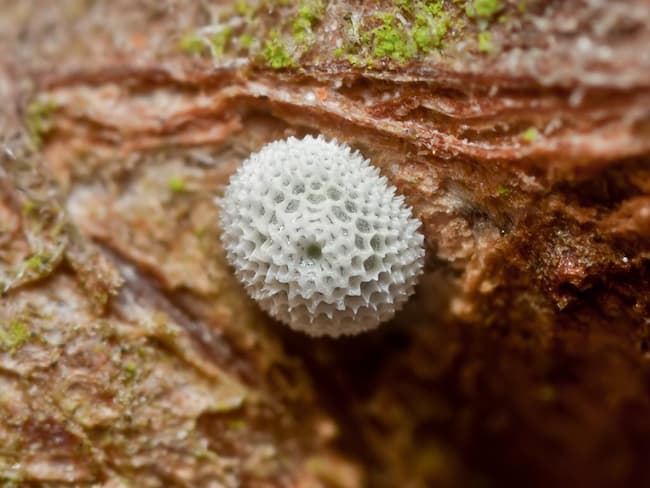
The life cycle of the Brown Hairstreak begins with the female butterfly laying tiny pale-green eggs on the twigs of host trees, such as blackthorn (Prunus spinosa). The eggs are carefully positioned to blend with the tree bark, providing camouflage and protection.
3.2 Larval Stage
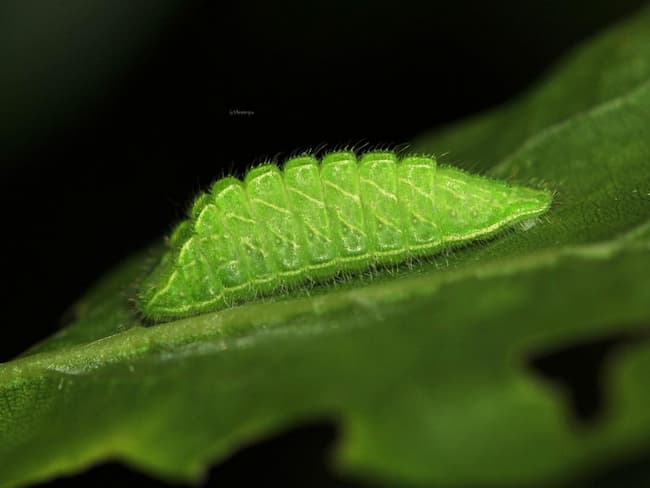
Once hatched, the Brown Hairstreak larvae, commonly known as caterpillars, begin to feed on the buds and leaves of the host trees. They undergo several molts, shedding their old skin as they grow and develop.
3.3 Pupal Stage
When the caterpillar reaches its full size, it forms a small, cylindrical pupa by attaching itself to a stem or leaf. The pupa is usually brown in color and blends with the surrounding vegetation. Inside the pupa, the caterpillar undergoes metamorphosis, transforming into an adult butterfly.
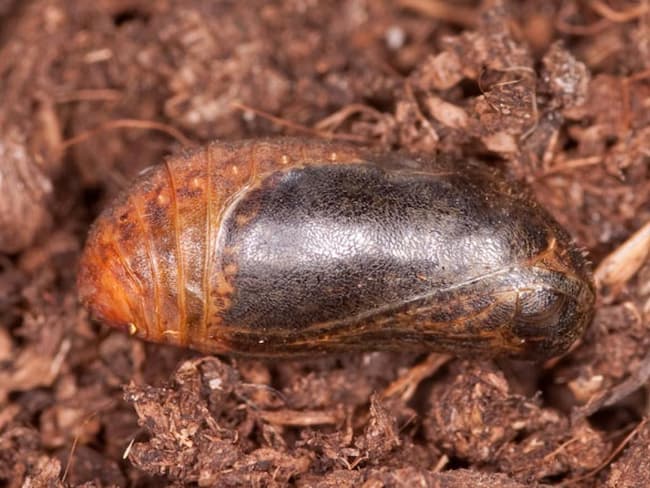
3.4 Adult Stage
Emerging from the pupa, the adult Brown Hairstreak butterfly unfurls its wings and takes its first flight. It will spend its adulthood feeding on nectar from various flowers, such as thistles, brambles, and knapweeds. During this stage, the males actively patrol their territory, looking for females to mate with.
Ecological Significance of the Brown Hairstreak
The Brown Hairstreak butterfly plays an essential role in pollination as it feeds on nectar. By visiting different flowers, it inadvertently transfers pollen from one plant to another, promoting cross-pollination and contributing to the reproduction of various plant species. Additionally, the Brown Hairstreak serves as a food source for birds, spiders, and other insect predators, contributing to the overall biodiversity of its ecosystem.
Conservation and Threats
The conservation of the Brown Hairstreak is crucial to maintain the ecological balance and preserve its beauty for future generations. Unfortunately, this species faces several threats, including habitat loss, intensified agriculture, and the removal of hedgerows. Climate change and pesticide use also impact its survival. To protect the Brown Hairstreak, it is vital to support conservation initiatives, preserve natural habitats, and promote sustainable land management practices.
Tips for Encouraging Brown Hairstreaks in Your Area
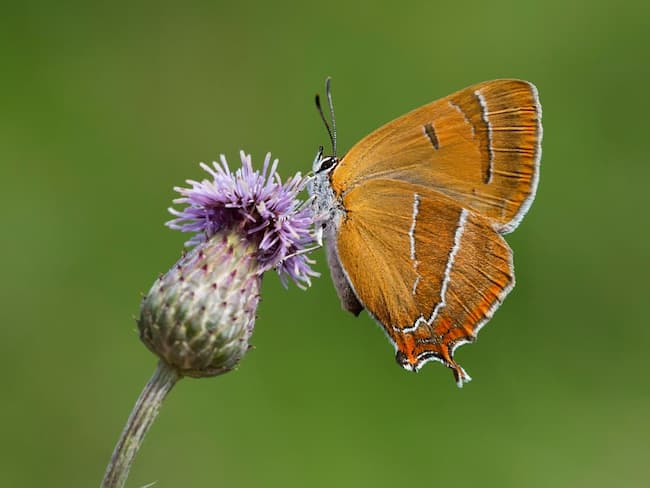
6.1 Provide Suitable Host Plants
To attract and support Brown Hairstreak butterflies, consider planting native blackthorn (Prunus spinosa) or other host trees in your garden or local green spaces. These trees serve as breeding and feeding sites for the caterpillars and provide a vital habitat for the species.
6.2 Create Sheltered Areas
Brown Hairstreaks appreciate sheltered areas in their habitatthat offer protection from strong winds and provide warmth. You can create such areas in your garden by planting dense shrubs or installing windbreaks, which will not only benefit the butterflies but also enhance the overall biodiversity of your outdoor space.
Conclusion
The Brown Hairstreak butterfly is a graceful and captivating species that adds beauty to the countryside. By understanding its life cycle, appreciating its ecological significance, and taking steps to support its conservation, we can ensure the survival and flourishing of this enchanting butterfly. Planting host trees, creating sheltered areas, and advocating for responsible land management practices are actions that can make a significant impact. Let’s embrace the presence of the Brown Hairstreak and contribute to the preservation of its delicate beauty for generations to come.
FAQs
FAQ 1: Are Brown Hairstreak butterflies common in urban areas?
The Brown Hairstreak butterfly is more commonly found in rural and countryside areas with suitable habitats. However, sightings in urban areas are possible if there are nearby hedgerows or patches of suitable host trees.
FAQ 2: How can I identify a Brown Hairstreak butterfly?
The Brown Hairstreak butterfly has distinctive dark brown upper wings and orange-gray patterns on the underside. Males have a more pronounced line of orange spots compared to females.
FAQ 3: Can I rear Brown Hairstreak butterflies at home?
It is generally not recommended to rear wild butterflies at home, as they have complex life cycles and specific environmental requirements. It is best to appreciate and support their natural habitats.
FAQ 4: What are the main threats to the Brown Hairstreak butterfly?
The main threats to the Brown Hairstreak butterfly include habitat loss due to land development, intensified agriculture, and the removal of hedgerows. Climate change and pesticide use also pose significant challenges to their survival.
FAQ 5: How can I contribute to the conservation of Brown Hairstreak butterflies?
You can contribute to the conservation of Brown Hairstreak butterflies by supporting local conservation organizations, participating in citizen science projects, planting native host trees, and creating butterfly-friendly habitats in your garden or local community spaces.
